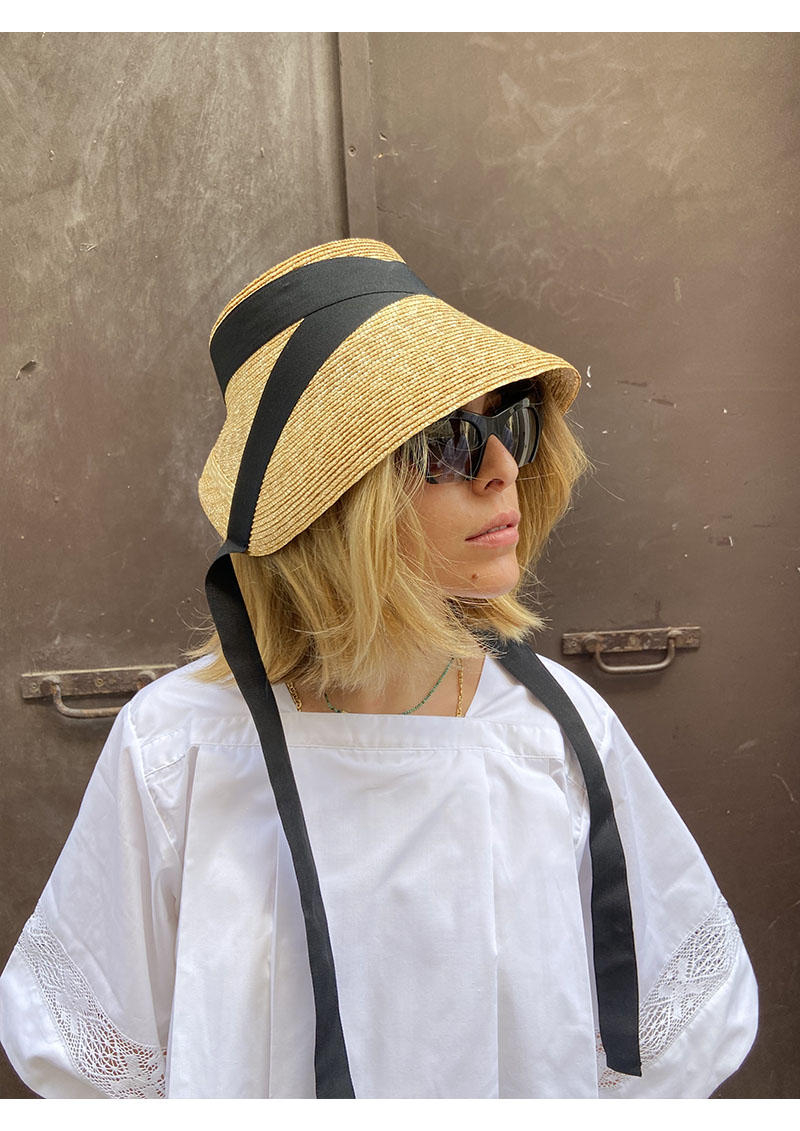











France is a land of regions with strong identities, which still has a strong living folklore tradition and still has devoted fans, also in the hat-making industry, which has miraculously preserved ancestral know-how, tools and machines from another time.
The Maison Coustillères selected by deTOUJOURS is a family hat shop, "Entreprise du Patrimoine Vivant", established since the beginning of the 20th century, in a small village in the Tarn and Garonne. The site is historically known for its hat production since 1798. a woman who, as a shepherdess at the time, had the idea of braiding strands of straw littering the fields. She quickly spread her idea and the first hat houses were born in this village. In this village, there were as many as twenty-five factories and more than two thousand workers at the height of activity.
In 1920, the family history began with Marius who created his own hat shop working exclusively with straw, then his son Louis and finally his grandson Jean-Claude actively developed this heritage by incorporating wool labour. While each region developed its own hat, this specialized craftsmanship was gathered around these craftsmen who are the only ones able to pursue the production of these hats, according to the best traditions, for the lovers of history and style who are the faithful followers of TOUJOURS.com.
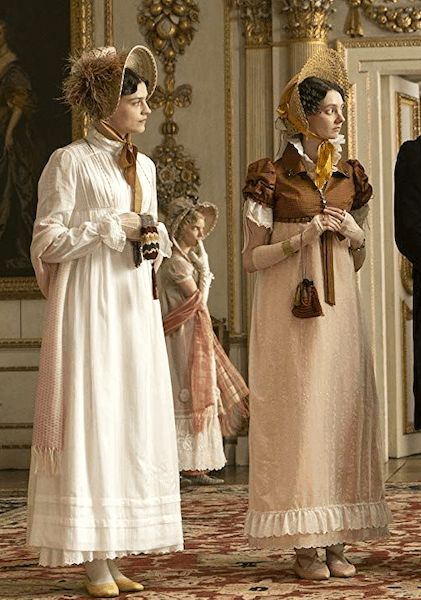
Thus, your Creusois hat is the epitome of an accessory that has lasted for centuries with its strong design. Its wide brim visor and rigid neckline protect from the sun, while keeping it simple. Its timeless shape is embellished with two wide, graphic black ribbons. From Jane Eyre to the British characters of Jane Austen, from the foggy atmosphere of Pride and Prejudice to the Flemish paintings of the 16th century, this hat, between a skullcap and a shepherd's crook, has travelled through the ages and across borders, so much that most recently it has been revisited on the catwalks as a relic of a naturalist dream. It has been seen at Simone Rochas or Chanel, as well as in the streets of Japan and Korea for its minimal shape. The straw hat in the widest definition is a permanent feature of women's wardrobes.
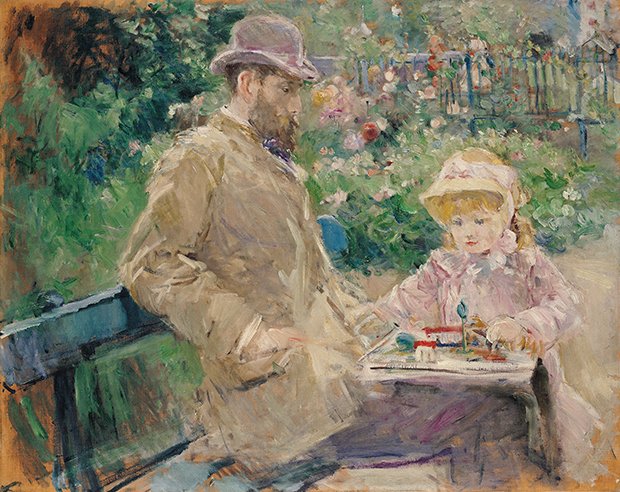
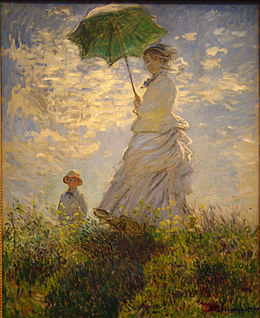
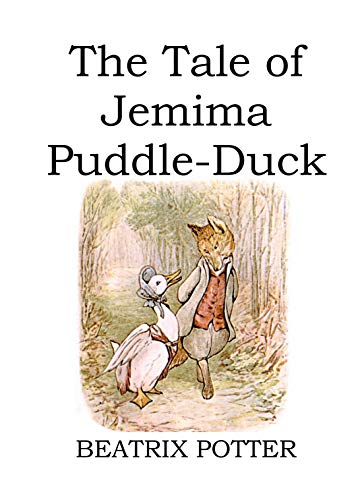 From the Middle Ages onwards, it was the essential accessory for rural work, adopted in the fields and designed for hard work, and gradually became a popular hat for any outdoor
From the Middle Ages onwards, it was the essential accessory for rural work, adopted in the fields and designed for hard work, and gradually became a popular hat for any outdoor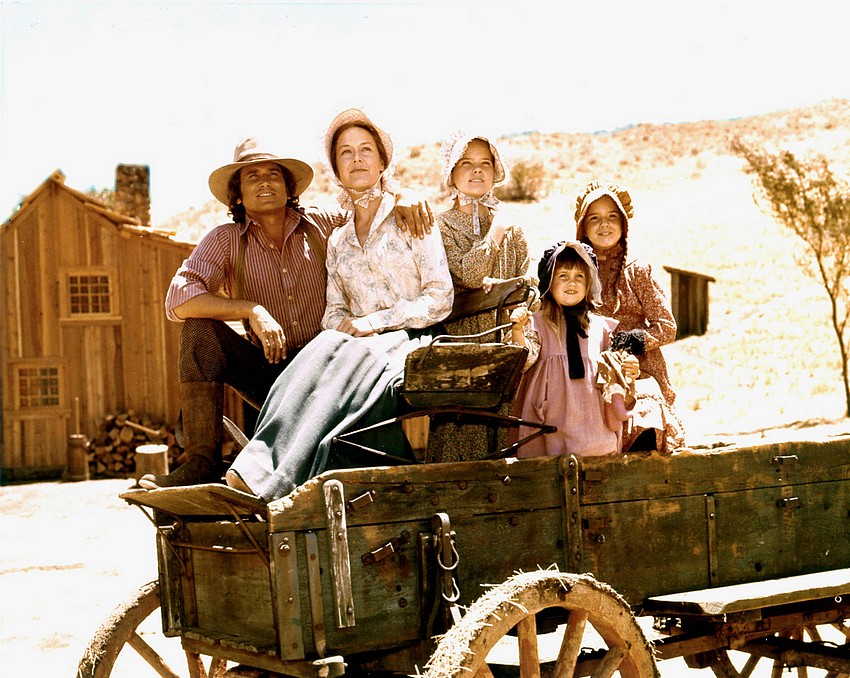 activity for all ladies. In the 16th century, thanks to the influence of the Medici, it became a noble hat, attracting the royal courts and the European notables. Braided from reed or straw, with wide edges structured around the face of the peasant woman and the nape of her neck, for its essential function of protection from the overwhelming sun. Sun protection factor 50 without chemicals and with extra style. The straw trade then intensified and villages that were previously unknown quickly became major production centres, particularly in Italy, or in the region of our manufacturer in the Tarn et Garonne. It was during the 19th century in France that the straw hat, which had previously been a rural hat, became a "garden hat". Elegant women wore it for walks but also dared to wear it for more formal occasions, embellishing the "falsely modest" headgear with ribbons, flowers and embroidery.
activity for all ladies. In the 16th century, thanks to the influence of the Medici, it became a noble hat, attracting the royal courts and the European notables. Braided from reed or straw, with wide edges structured around the face of the peasant woman and the nape of her neck, for its essential function of protection from the overwhelming sun. Sun protection factor 50 without chemicals and with extra style. The straw trade then intensified and villages that were previously unknown quickly became major production centres, particularly in Italy, or in the region of our manufacturer in the Tarn et Garonne. It was during the 19th century in France that the straw hat, which had previously been a rural hat, became a "garden hat". Elegant women wore it for walks but also dared to wear it for more formal occasions, embellishing the "falsely modest" headgear with ribbons, flowers and embroidery.
At deTOUJOURS, we select your straw hats from the last French hatmaker who still works by hand. Named Living Heritage Company, his workshop is based in the south-west of France. The high quality of the straw and the fineness of the weave are the keystones of a good straw hat. Its particularly delicate and homogeneous weaving gives it great resistance, preventing it from getting fragile with use.
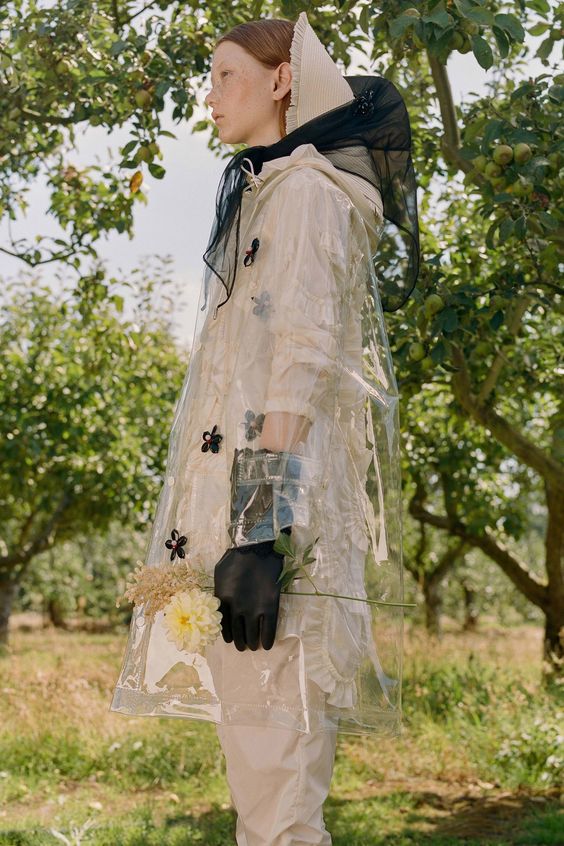

De Toujours invites you to discover clothes and accessories at the source of the style, original pieces that fashion has always diverted.
© DE TOUJOURS 2026